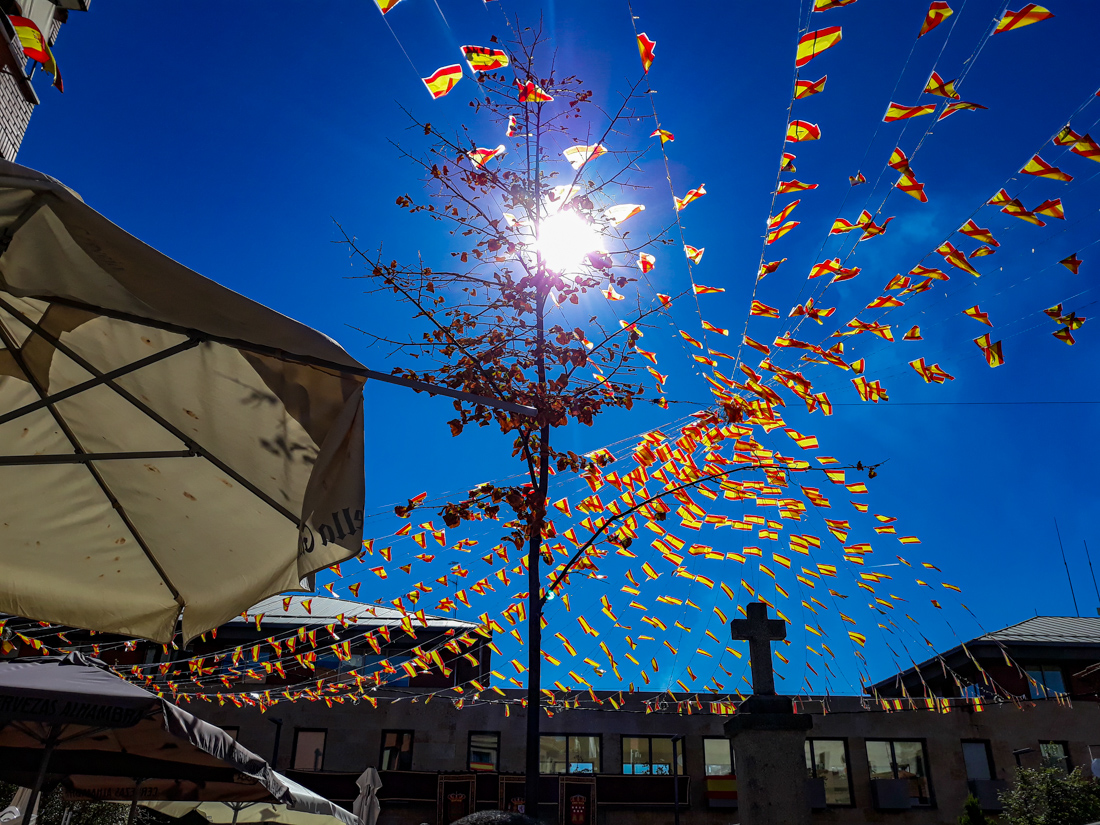What are the public holidays in Spain? With national holidays, regional festivals, and school-only holidays (“no lectivo”), it can be hard to keep track! This guide provides all the essential information you need to understand how public holidays work in Spain, particularly in the Madrid region.
Whether you live in Spain, are an expat, or just visiting, knowing the public holiday calendar is crucial to organizing your schedule, travel plans, or family life. We also explain the difference between official public holidays and school holidays, plus provide school calendars for Spanish and French institutions in Madrid.
How do public holidays work in Spain?
Spain is made up of 17 autonomous communities. Each has the power to determine some of its own public holidays. In total, there are 12 official public holidays each year—some fixed nationally, others decided regionally or locally.
Three types of public holidays in Spain
- National holidays that cannot be changed—celebrated throughout Spain.
- National holidays that can be modified by autonomous communities.
- Local holidays—each municipality can declare two of its own.
Non-modifiable national holidays (2024-2025)
These holidays are observed nationwide:
- December 25: Christmas Day
- January 1: New Year’s Day
- January 6: Epiphany (Three Kings’ Day)
- April 18: Good Friday
- May 1: Labor Day
- August 15: Assumption Day
- October 12: National Day of Spain
- November 1: All Saints’ Day
- December 6: Constitution Day
Modifiable national holidays (Subject to regional changes)
Some holidays may be replaced by region-specific celebrations. Examples include:
- December 8, 2024: Immaculate Conception (subject to change)
- April 17, 2025: Maundy Thursday (subject to change)
Local holidays in the city of Madrid
Each Spanish city can declare two local holidays. For Madrid, the dates are:
- May 2, 2025: Community of Madrid Day
- May 15, 2025: San Isidro Labrador, Patron Saint of Madrid. This is an important festival for Madrid. A very festive time. It’s a great time to visit Madrid.
- November 9: Virgin of Almudena (Madrid’s Patroness)

“No Lectivo” days: School closures without official holiday
These are days when schools are closed but adults still work. They vary by region. For Madrid, upcoming no lectivo days include:
- 14 October: Monday following Spain’s National Day
- 8 December: Monday following the Feast of the Immaculate Conception
- 7 January (Monday following the Feast of the Three Wise Men)
- 28 February 2025: Carnival Friday
- 3 March 2025: Carnival Monday
- 18 March 2025: Saint Joseph’s Day (public holiday in some regions, but may be ‘no lectivo’ in Madrid)
- 8 and 18 April 2025 (one day before and one day after Semana Santa)
- 2 May (linked to the Comunidad de Madrid festival).
School holidays in Spain (Madrid)
Here is the 2024-2025 school calendar for Spanish schools in Madrid:
- School starts: September 9-10, 2024
- Christmas Break: December 23, 2024 to January 7, 2025
- Carnival Break: February 28 to March 3, 2025
- Easter Break: April 11 to April 21, 2025
- Summer Holidays: from June 20, 2025
To find out more about schools in Spain, we invite you to read: the school system in Spain.
French school holidays in Madrid
French schools in Madrid follow the academic calendar of the French school zones:
- All Saints: October 24 to November 3, 2024
- Constitution Holiday: December 6 to 8, 2024
- Christmas Break: December 23, 2024 to January 7, 2025
- Winter Break: February 20 to March 2, 2025
- Spring Break: April 12 to April 27, 2025
- Labor Day: May 1 to May 4, 2025
- San Isidro: May 15 to May 18, 2025
- Summer Holidays: Early July 2025
We hope you’ll find the Spanish public holiday calendar a little clearer so that you can plan your life in Madrid between September 2024 and December 2025. Whether you’re planning trips, family activities or just want to know when school will be out, this information will help you plan ahead and make the most of life in Madrid.
A word of advice: if you want to organise a getaway during these public holidays or bank holidays, we recommend that you book your accommodation early. Everything gets snapped up very quickly, as there are very few school holidays!
If you’re looking for inspiration, read our following articles:
To find ideas for getting away from it all around Madrid, you can download our Guide to 52 ideas for outings around Madrid.


Laisser une réponse